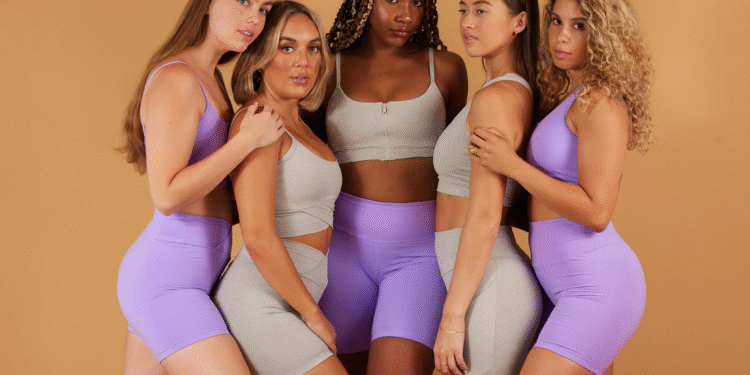The term “camel toes” is widely known in pop culture, fashion, and everyday conversation—but it’s often misunderstood or unnecessarily stigmatized. Whether it’s discussed in the context of fashion faux pas or body positivity, it’s important to approach the subject with accuracy, sensitivity, and clarity.
What is a Camel Toe?
A camel toes refers to the outline of the labia majora (outer lips of the vulva) that becomes visible through tight-fitting clothing—typically leggings, swimsuits, yoga pants, or shorts. The name comes from the resemblance to a camel’s toe split, a colloquial term that gained popularity in the 2000s.
It is not inherently sexual or inappropriate, but societal reactions can vary depending on cultural norms, context, and media portrayal.
Why Does Camel Toe Happen?
Camel toes occur due to a combination of factors, including:
1. Tight or Thin Fabrics
Clothing made from materials like spandex or lycra, especially without sufficient lining or support, can cling to body contours and create the effect.
2. Inseam Design
Clothing with short or high inseams, poorly placed seams, or lack of gusset panels can pull fabric upward, emphasizing the groin area.
3. Body Structure
Every body is different. Anatomy, hip shape, and muscle tone all contribute to how clothing fits and whether the area is highlighted.
Cultural Perception and Stigma
In Western media, camel toes have been mocked, fetishized, and even censored, especially when celebrities are photographed in tight activewear. Yet more recently, the rise of body neutrality and body positivity movements has shifted the conversation toward understanding that:
- Camel toes are natural and normal.
- They should not be a source of shame or ridicule.
- It’s okay to either prevent it for comfort or fashion, or to not worry about it at all.
How to Prevent or Minimize Camel Toes?
For those who prefer to avoid or reduce the appearance of a camel toe, here are some helpful tips:
1. Choose Thicker Fabrics
Opt for leggings or shorts with double-layered or compression material that provides more coverage and structure.
2. Wear Camel Toe Guards or Pads
Specialized inserts (often called camel toe concealers) are available to provide a barrier between the body and clothing.
3. Select Clothing with a Gusset
A gusset is a triangular or diamond-shaped panel sewn into the crotch of pants. It reduces fabric pull and distributes tension.
4. Adjust Clothing Fit
Avoid overly tight or ill-fitting clothing. Look for brands that offer body-inclusive cuts or high-waisted options with better coverage.
5. Seam Placement Matters
Flat seams or seamless underwear can help reduce visibility or discomfort in the groin area.
Should You Be Concerned of Camel Toes?
Absolutely not—camel toes are common, and in most cases, harmless. If anything, the social discomfort comes more from cultural over-scrutiny than actual necessity. If it doesn’t bother you, you don’t need to fix it.
However, if you’re dealing with discomfort, skin irritation, or social anxiety over it, consider adjusting your clothing choice for your own comfort—not to conform to public judgment.
The Bottom Line of Camel Toes
Camel toes are a natural result of anatomy and clothing fit. While some people may choose to minimize or prevent them, others embrace them without concern. Either way, the important message is this: your body is not something to be embarrassed about.
As conversations around fashion, feminism, and body image evolve, so too should our understanding and acceptance of everyday human realities—including camel toes.




